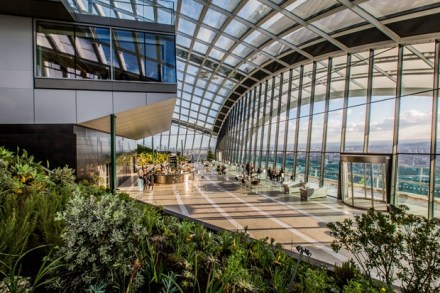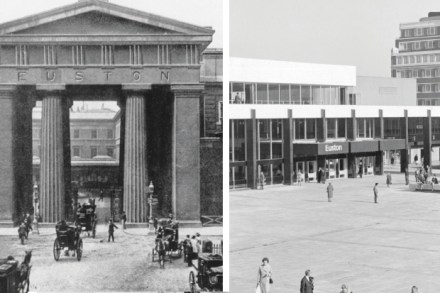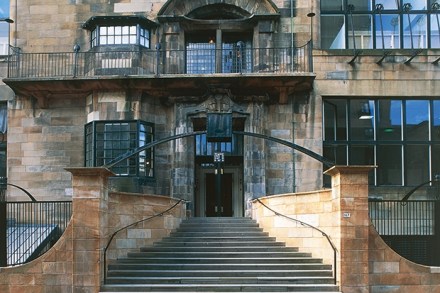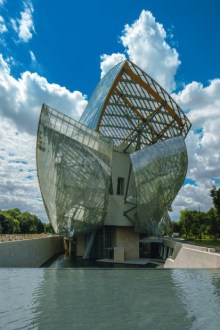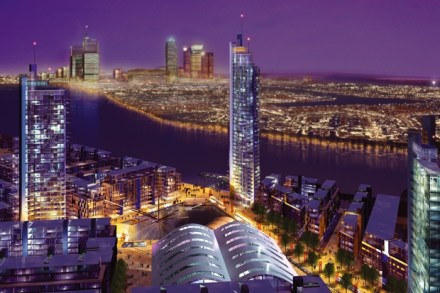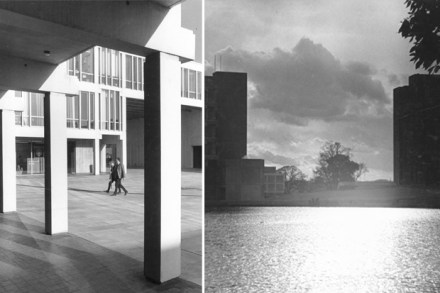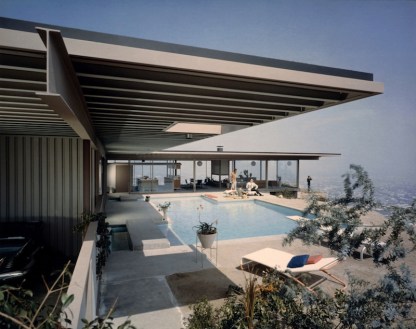On the cusp
‘A stalker who dressed a pillow “mannequin” in his ex’s nurse’s uniform, then sent her a picture, has been told he is “on the cusp” of jail,’ reported the Scottish edition of the Daily Star. ‘Sheriff Alastair Carmichael told Mark Glass: “I don’t think you understand just how serious this is. You are on the cusp of a custodial sentence.” ’ He’s not the only one on the cusp. Idris Elba is ‘on the cusp of landing the Holy Grail of film-star roles, James Bond,’ reported the Daily Telegraph in a splendidly mixed metaphor, as though the Holy Grail were a kind of giant marlin to land, and a marlin with



